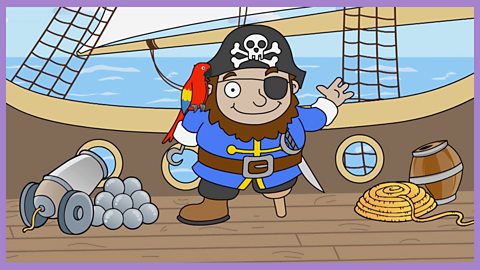In this unit of three sessions we meet some friendly creatures from the garden and learn various movement sequences which build towards a final extended вҖҳMinibeastsвҖҷ dance.
1. Bees do the waggle dance. audio
The unit begins with a hive-jive based on the movements of bees. Presented by Nataylia Roni.
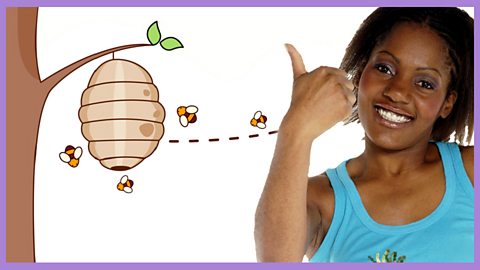
2. Digging for worms. audio
The second dance session about minibeats has movements inspired by worms in the garden.
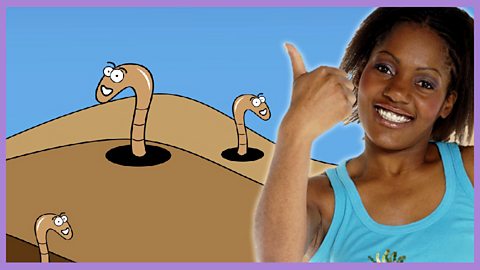
3. A dragonfly hovers in the garden. audio
The final dance session about minibeasts is inspired by the movement of dragonflies.
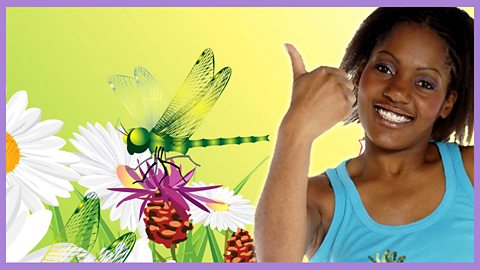
Minibeasts
The first session of the unit is based on simple movements inspired by bees and in particular patterns of movement as bees pass on messages. The movements in the second session are inspired by that most useful of garden creatures - the common earth worm. Our worm nearly becomes a tasty meal for a robin in the garden - but this worm is stubborn and manages to escape! And in the final session the children begin by moving as dragonflies, before combining elements from all sessions to make a narrative вҖҳminibeastsвҖҷ dance.
Resources
Guidance on using the dance sessions in this unit with your group (pdf)
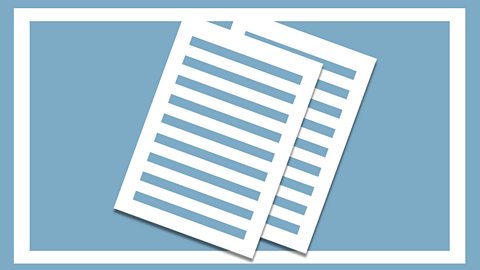
Song: 'Here is the beehive, where are the bees?'
Song: 'Wiggly Woo'

More units from KS1 Dance: Let's Move
Here come the clowns! collection
Two sessions presented by Katy Ashworth based on familiar clown movements and circus skils.
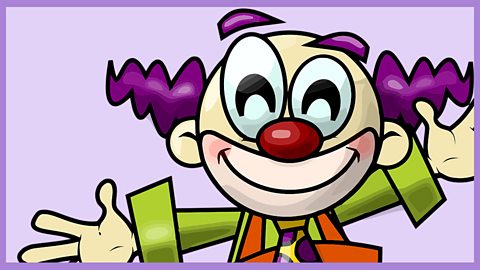
Can we build it? collection
Justin Fletcher has two dance sessions exploring jobs on an imaginary building site.
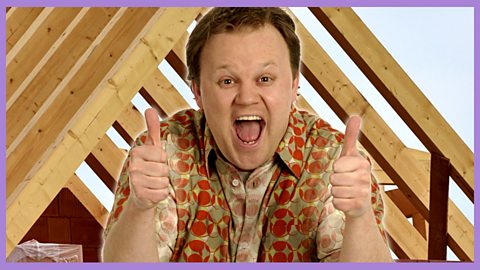
Pirates. collection
Justin Fletcher has two sessions with the children becoming pirates to search for buried treasure.
